#ArmoredVehicles
Rare Rides Icons: The History of Stutz, Stop and Go Fast (Part XVII)
We’re back again with more Stutz history, and our coverage of the bric-a-brac produced by the Stutz Neoclassical company as complementary offerings to two-doors like the Blackhawk, Bearcat, and Bearcat II. In our last entry, we covered the Duplex, a sedan that (unsuccessfully) wore Blackhawk styling. Based either on a Pontiac or a Cadillac, the Duplex was the ultimate production version of the Ministeriale prototype sedan built by Carrozzeria Padane.
With an astronomical ask of $32,500 ($251,312 adj.) circa 1970 and styling that hadn’t translated well into a sedan, the Duplex was a non-starter. Just one was ever made, and it was sold to a criminal in Utah. But that didn’t deter CEO James O’Donnell, who was insistent a Stutz sedan was viable. A few years later there was another Stutz sedan presented: IV-Porte.
Rare Rides Icons: The History of Stutz, Stop and Go Fast (Part XVI)
We return to our long-running Stutz historical coverage today, with a few of the odds and ends vehicles that were never the headliners of Stutz’s brand portfolio. During the Seventies and Eighties, the Blackhawk and targa roof Bearcat funded some other fun ideas that occupied the thoughts of company CEO James O’Donnell.
In our last entry, we covered what was perhaps the strangest offering of the latter Stutz entity, a C/K era Suburban that concealed a mounted machine gun in its interior. The armored SUV was subsequently turned into a gun-free dictatorial parade sedan with targa roof, and a trunk. The be-trunked Suburban also donated its shape to an upright regular sedan and six-door funeral transport.
And while the Stutz Suburban takes were intended for foreign heads of state for security and coup d’etat purposes, the Stutz sedans were directed at the company’s more traditional American customer: Someone who feared no peasant uprising but did enjoy flashy styling and lots of elegance. Introducing the Duplex.
Rare Rides Icons: The History of Stutz, Stop and Go Fast (Part XV)
Last time in our tale of Stutz the company finally realized its dream of a true convertible, the Bearcat II. The original product dream of CEO James O’Donnell, the Bearcat II went on sale in 1987. Though the company’s fate was pretty much sealed by that time, Stutz had its heyday of models circa the early Eighties. Spoilers: Machine guns were involved.
Junkyard Find: 1970 Alvis Combat Vehicle Reconnaissance (Tracked)
Crime Pushes Bulletproof Vehicle Production to Record High
It’s an exciting time to be a manufacturer of bulletproof cars. Violent crime in Latin America is booming right now. For example, growing levels of drug-related violence made 2017 Mexico’s most murderous year on record, based on government statistics.
The problem has resulted in a 10-percent increase in demand for the nation’s car-armoring services this year, according to the Mexican Automotive Armor Association. Still, Mexico’s 3,284 bullet-resistant cars are nothing compared to the 15,145 vehicles armored in Brazil last year. That country holds an even higher murder rate per 100,000 inhabitants.
The armoring industry expects to see a 25 percent jump this year, as both governments predict further increases in crime. As a consequence, some automakers have decided to simply start offering from-the-factory protection to eliminate the customer’s need to seek bulletproofing elsewhere.
Japan Wants U.S. Marines to Ride Into Battle in a Mitsubishi
What a difference seven decades make. In the early 1940s, Mitsubishi Zeroes of the Imperial Japanese Navy tangled with U.S. Grumman Wildcats and Hellcats in the skies over the west Pacific. Now, the aircraft’s builder wants the U.S. Marines to sign up for its amphibious assault vehicle.
Japan is getting into the arms export game after scrapping a law forbidding it, with Mitsubishi Heavy Industries now in talks with a U.S. company to partner on the vehicle, Reuters reports.



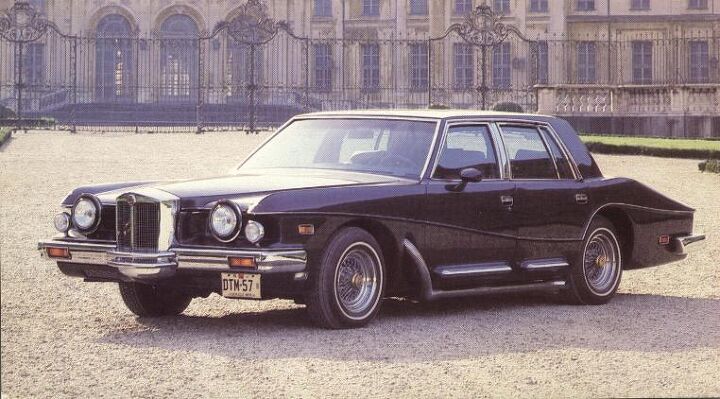
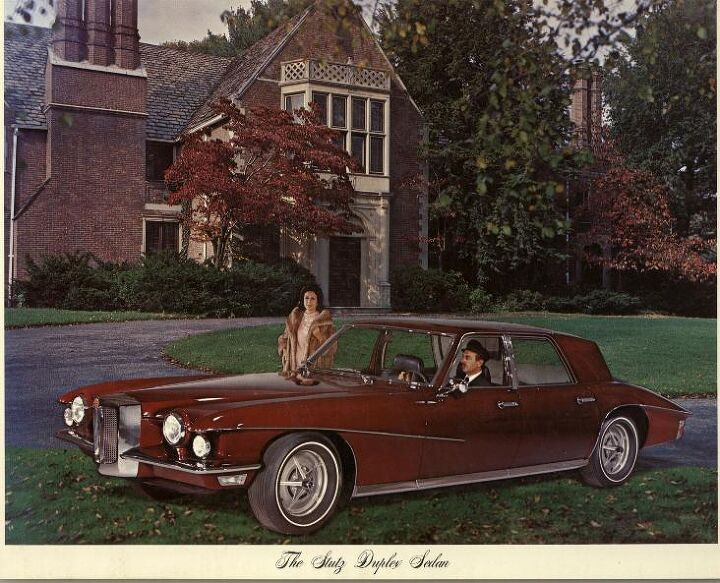
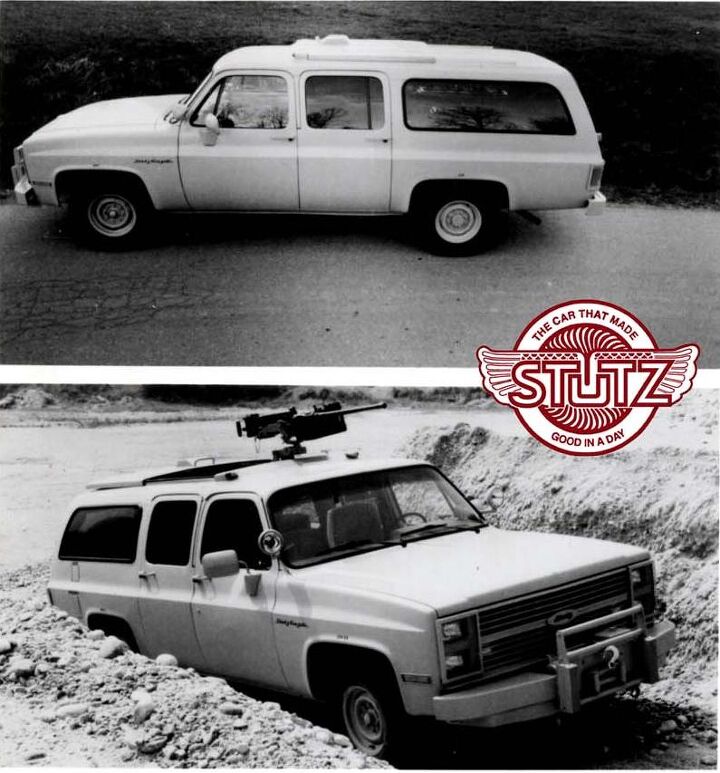

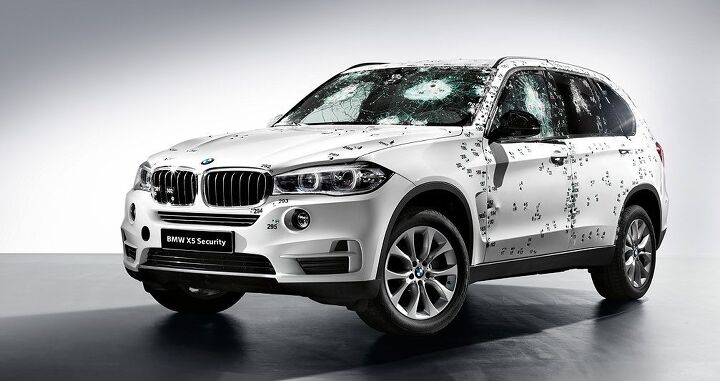
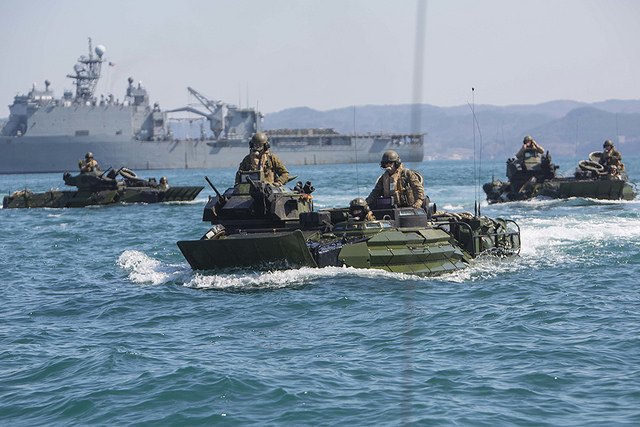











Recent Comments